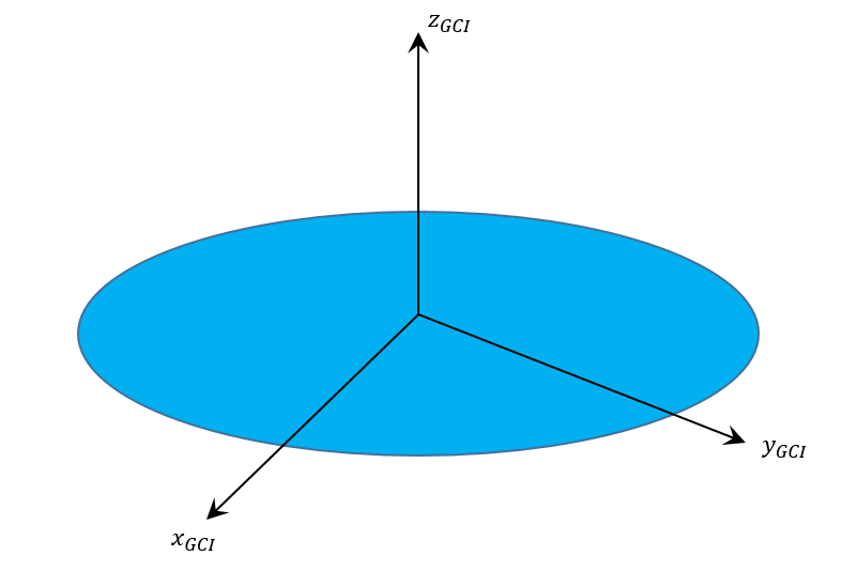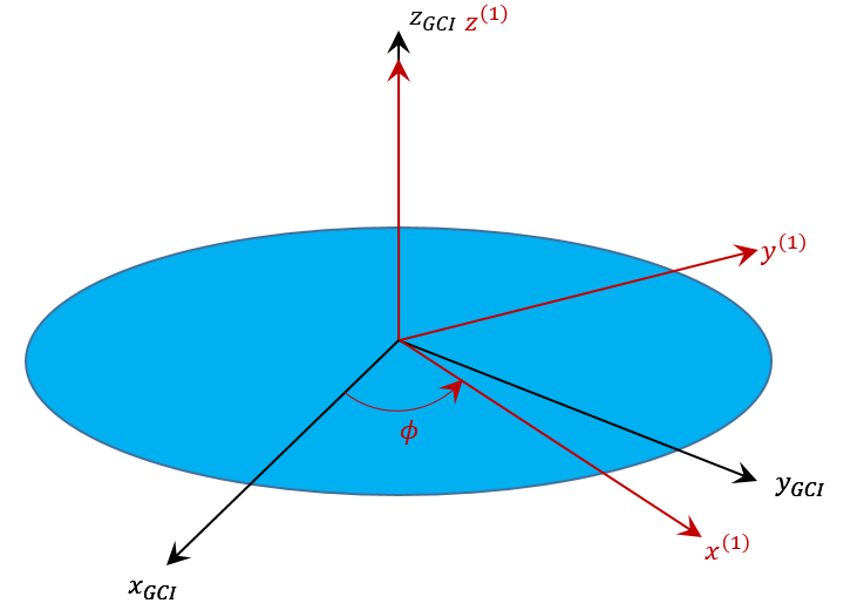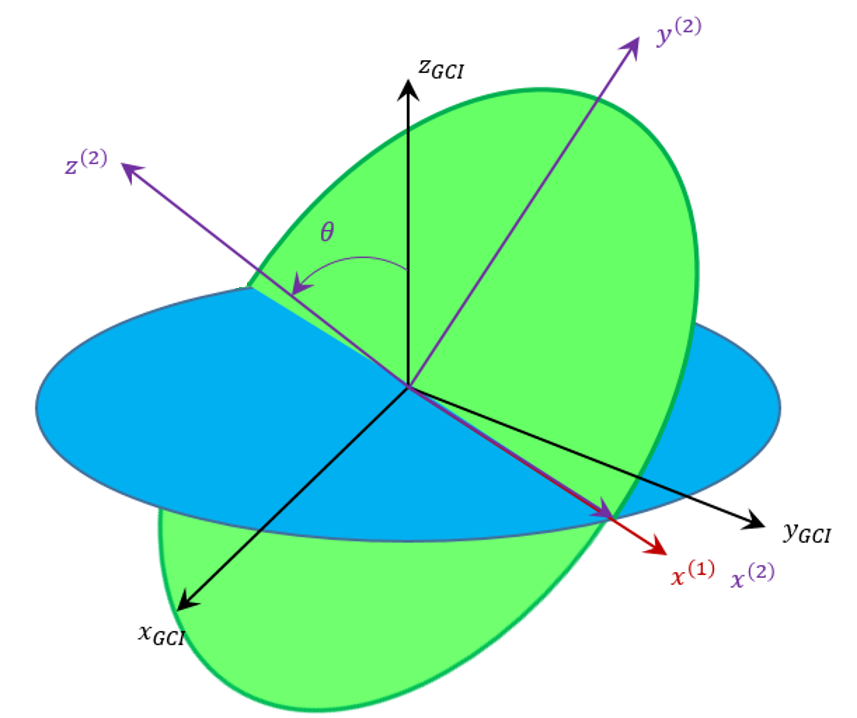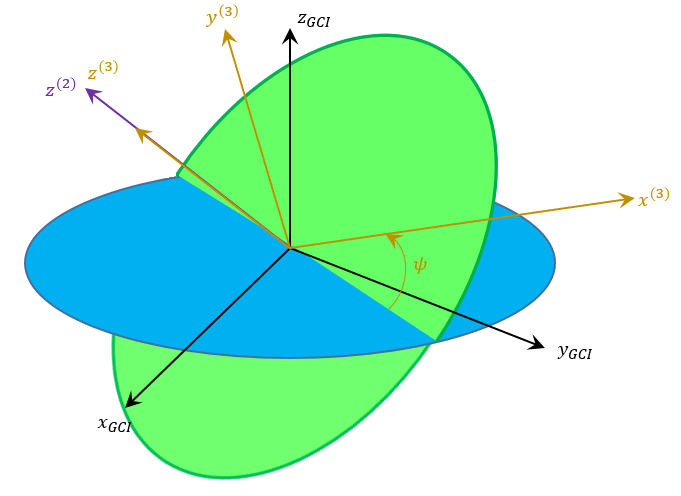Plasma Waves: Part 2 – Unmagnetized, Cold Plasma
Last column introduced the underlying formalism for describing waves in plasmas. The key entities in the analysis are the dispersion tensor $$\overleftrightarrow{D}(\vec n, \omega)$$ and the dielectric tensor $$\overleftrightarrow{K}$$. The latter quantity connects the behavior of the plasma to the underlying particle motions via the conductivity tensor $$\overleftrightarrow{\sigma}$$. Setting the determinant of the dispersion tensor to zero results in the conditions for wave propagation; that is to say the dispersion relation that connects wavelength and frequency response.
The overall approach is to find a tractable, linear set of equations that related the state variables to each other. Since one condition for a plasma is the maintenance of neutrality, at least at fairly large scales, the assumption will be that the state variables consist of a constant piece at zeroth order plus a first-order piece that acts as perturbations: $$\vec B = \vec B^{(0)} + \vec B^{(1)} + \ldots$$. The perturbation terms (e.g. $$\vec B^{(1)}$$) will then carry all of the action.
This installment looks at the most basic perturbation scenario available – waves in an unmagnetized cold plasma (see Section 4.3 of Gurnett and Bhattacharjee). The technical conditions the plasma must satisfy to be classified this way are that its zeroth-order magnetic field $$\vec B^{(0)} = 0$$ (unmagnetized) and that its zeroth order particle velocities $$\vec v_s^{(0)}$$ and electric field $$\vec E^{(0)}$$ are also zero.
The particle density is also expanded perturbatively as
\[ n_s = n_s^{(0)} + n_s^{(1)} + \ldots \]
subject to the quasi-neutrality condition
\[ \sum_s e_s n_s^{(0)} = 0 \; .\]
The index $$s$$ specifies the species of the plasma: $$s=e$$ for electrons, $$s=i$$ for ions or $$s=h$$ for hydrogen, $$s=he$$ for helium, and so on.
As discussed last week, the approach is to start with the individual particle motions and derive a chain of results that link these with the conductivity tensor, then the dielectric tensor, then the dispersion tensor, and finally with the latter’s determinant.
For an unmagnetized cold plasma, the particle equations of motion (Lorenz force law) are:
\[ m_s \frac{d \vec v_s^{(1)}}{dt} = e_s \left[ \vec E^{(1)} + \vec v^{(1)} \times \vec B^{(1)} \right] \]
and
\[ \vec J = \sum_s e_s n_s \vec v_s = \sum_s e_s (n_s^{(0)} + n_s^{(1)}) \vec v_s^{(1)} \; . \]
Embracing the usual spirit of perturbative analysis, we throw away anything involving products of any first-order terms. The resulting equations simplify considerably to become:
\[ m_s \frac{d \vec v_s^{(1)}}{dt} = e_s \vec E^{(1)} \]
and
\[ \vec J = \sum_s e_s n_s^{(0)} \vec v_s^{(1)} \; .\]
The Fourier transform of the differential equations yields:
\[ i \omega m_s \vec v_s^{(1)} = e_s \vec E^{(1)} \; .\]
Eliminating $$\vec v_s^{(1)}$$ from $$\vec J$$ gives
\[ \vec J = \sum_s e_s n_s^{(0)} i \frac{e_s}{\omega m_s} \vec E^{(1)} \; , \]
from which one immediately reads off the conductivity tensor as
\[ \overleftrightarrow{\sigma} = \sum_s \frac{e_s^2 n_s^{(0)} }{-i \omega m_s} \overleftrightarrow{1} \; . \]
The dielectric tensor follows immediately as
\[ \overleftrightarrow{K} = \overleftrightarrow{1}\left[1 – \sum_s \frac{e_s^2 n_s}{\omega^2 \epsilon_0 m_s} \right] \; .\]
Note that the perturbation order notation has been dropped for notational convenience.
The plasma frequency for an individual species $$\omega_{ps}$$ is a fundamental quantity that is defined as
\[ \omega_{ps}^2 = \frac{e_s^2 n_s}{\epsilon_0 m_s} \; . \]
The total plasma frequency of then defined as
\[ \omega_p^2 = \sum_s \omega_{ps}^2 \; .\]
Now, as there is no other physical direction in the problem, the direction of propagation can be taken, without loss of generality, to be along the $$z$$-axis. Thus the index of refraction vector is
\[ \vec n = \left[ 0, 0, n \right]^{T} \; .\]
The matrix $$(\vec n ^{\times})^2$$ simplifies to
\[ (\vec n ^{\times})^2 = \left[ \begin{array}{ccc} -n^2 & 0 & 0 \\ 0 & -n^2 & 0 \\ 0 & 0 & 0 \end{array} \right] \; . \]
The dispersion tensor is then
\[ \overleftrightarrow{D}(\vec n,\omega)= \left[ \begin{array}{ccc} 1 – \omega_p^2/\omega^2 -n^2 & 0 & 0 \\ 0 & 1 – \omega_p^2/\omega^2 -n^2 & 0 \\ 0 & 0 & 1 – \omega_p^2/\omega^2 \end{array} \right] \; . \]
Demanding that the determinant is zero gives the characteristic equation
\[ \left(1 – \frac{\omega_p^2}{\omega^2} – n^2 \right)^2 \left(1 – \frac{\omega_p^2}{\omega^2} \right) = 0 \; . \]
There are clearly two roots. The first, simple root, along the direction of propagation is called the longitudinal mode and has the dispersion relation
\[ \omega^2 = \omega_p^2 \; .\]
The second root, which is a double root, is associated with transverse mode and has the dispersion relation
\[ \omega^2 = \omega_p^2 + c^2 k^2 \; , \]
where $$c$$ is the speed of light and $$k$$ is the wave number.
Once the dispersion relation is obtained, the analysis of the resulting wave motion follows from looking at the phase and group velocities.
The dispersion relation for the longitudinal mode is independent of the wave number and the resulting motion, electrostatic in origin, is really an oscillation at the plasma frequency of the charge fluctuations. No wave actually propagates since the group velocity $$d \omega / d k$$ is zero.
The situation for the transverse mode is quite different. At frequencies large compared to the plasma frequency the wave behaves like a free-space wave with the dispersion relation $$\omega = \pm c k$$. As the frequency approaches the plasma frequency the nature of the propagation changes dramatically and propagation ceases entirely below the plasma frequency. The group velocity for the wave
\[ v_g = \frac{d \omega}{dk} = c \sqrt{1 – \frac{\omega_p^2}{\omega^2} } \]
clearly shows the cutoff as $$\omega \rightarrow \omega_p$$. It is interesting to note that while the group velocity is always lees than $$c$$, the phase velocity
\[ v_p = \frac{\omega}{k} = \frac{c}{\sqrt{1 – \frac{\omega_p^2}{\omega^2} }} \]
is always greater than $$c$$.
Next column will look at what happens when the assumption of $$\vec B = 0 $$ is relaxed.




